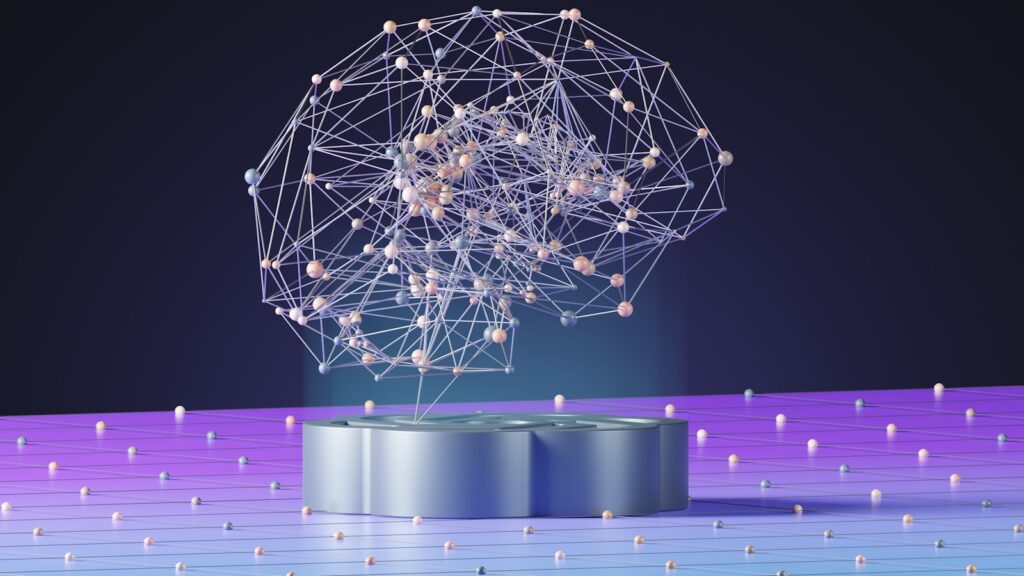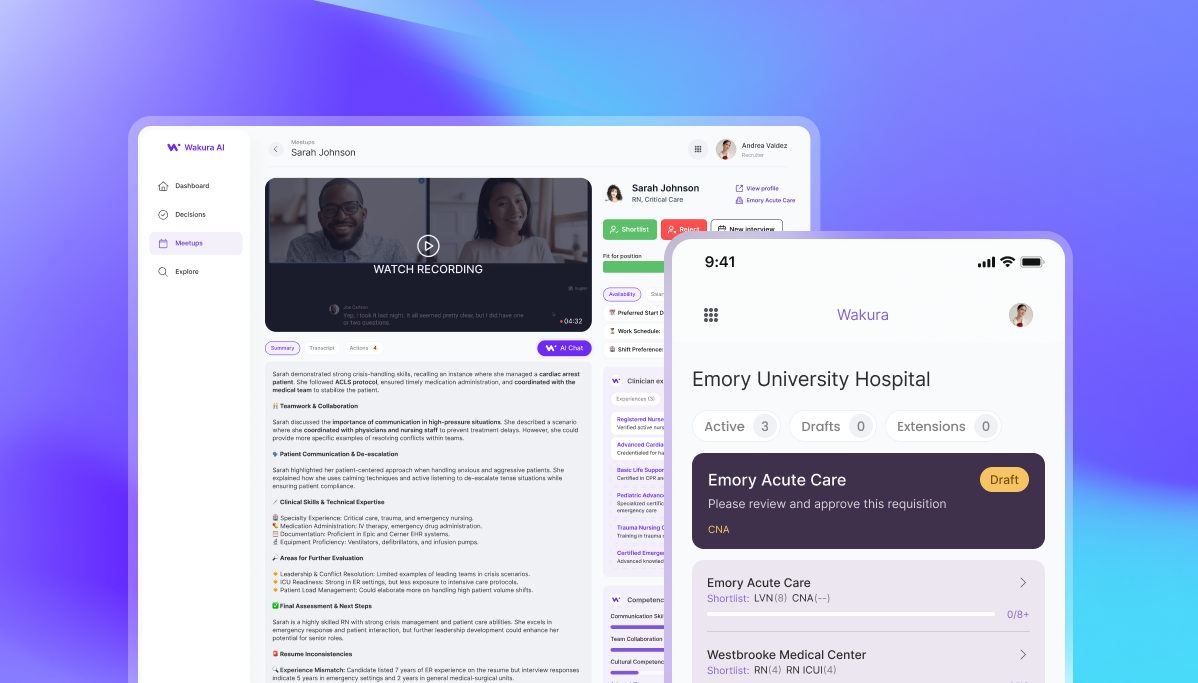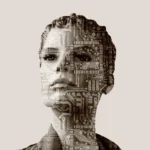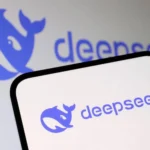Originally published: December 14, 2024
Updated: June 10, 2025 — see new trends section below
Introduction
The pace of software innovation in 2025 is both exhilarating and unforgiving. Custom software — once synonymous with slow, expensive builds — is now entering a new phase: one defined by composability, compliance, and AI‑augmented teams.
This post outlines the key trends shaping the future of custom software in 2025 — and now includes a mid-year update based on the evolving landscape.
“Custom software isn’t dying — it’s maturing. The winners in 2025 aren’t just building fast; they’re building systems that can evolve, scale, and stand up to scrutiny.”
— Matthew Rogers, CEO of Preux
Core 2025 Trends (Original Analysis)
AI-Native Development Becomes the Norm
From ChatGPT to Claude to Replit, AI-assisted coding is no longer experimental. It’s how modern engineers start.
Composability Beats Monoliths
APIs, microservices, and headless architectures are enabling faster iteration and less vendor lock-in.
Low-Code Meets High-Stakes
Rather than replacing engineers, low-code tools are now augmenting them — especially for internal apps and admin tools.
Compliance-Ready by Design
With growing regulatory scrutiny (HIPAA, SOC 2, GDPR, and AEDT), security and audit trails must be baked into every phase — not bolted on.
UX-Driven Dev Replaces Feature-First Thinking
Product success isn’t defined by how much it does, but how confidently users can do what matters. The shift toward intentional UX is accelerating.
Wakura AI: Redefining Talent Assessment in Healthcare with Conversational Intelligence
What’s Changed: Mid-2025 Trends to Watch
Added June 2025
Agentic AI Is Replacing Human Orchestration
The rise of agent-based tools means AI isn’t just helping engineers — it’s coordinating multi-step workflows, validating business logic, and writing test coverage autonomously. This shift is visible in early-stage products and enterprise PoCs alike.
“Vibe Coding” is Reshaping Developer Work
Coined by Replit and Cursor, vibe coding refers to AI-guided flows where engineers sketch intentions, and AI fills in the logic. Tools like Windsurf are making devs faster, not obsolete — but their role is evolving into builders and editors, not line writers.
On-Device Inference & Mobile AI Go Mainstream
Apple’s WWDC 2025 made clear that AI is coming to the edge. iOS 18 and macOS 15 support on-device model execution for privacy, speed, and offline reliability — making this a serious consideration in mobile-first product planning.
Global SaaS is Accelerating in Developing Markets
Saturation in North America is pushing SaaS expansion into LATAM, Southeast Asia, and Africa. Localization, currency handling, and lean infrastructure models are now a competitive advantage — not just nice-to-haves.
The Preux Perspective
At Preux, we’re seeing a clear demand for AI-aware, compliance-ready product teams that can move quickly without cutting corners. Our work with clients like Wakura and CryoFuture shows that success in 2025 doesn’t come from tech alone — but from structure, ownership, and being unafraid to ask “what happens if this scales?”
“It’s not just about building faster. It’s about building with clarity, auditability, and long-term control — because that’s where real value compounds.”
— Matthew Rogers, CEO of Preux




